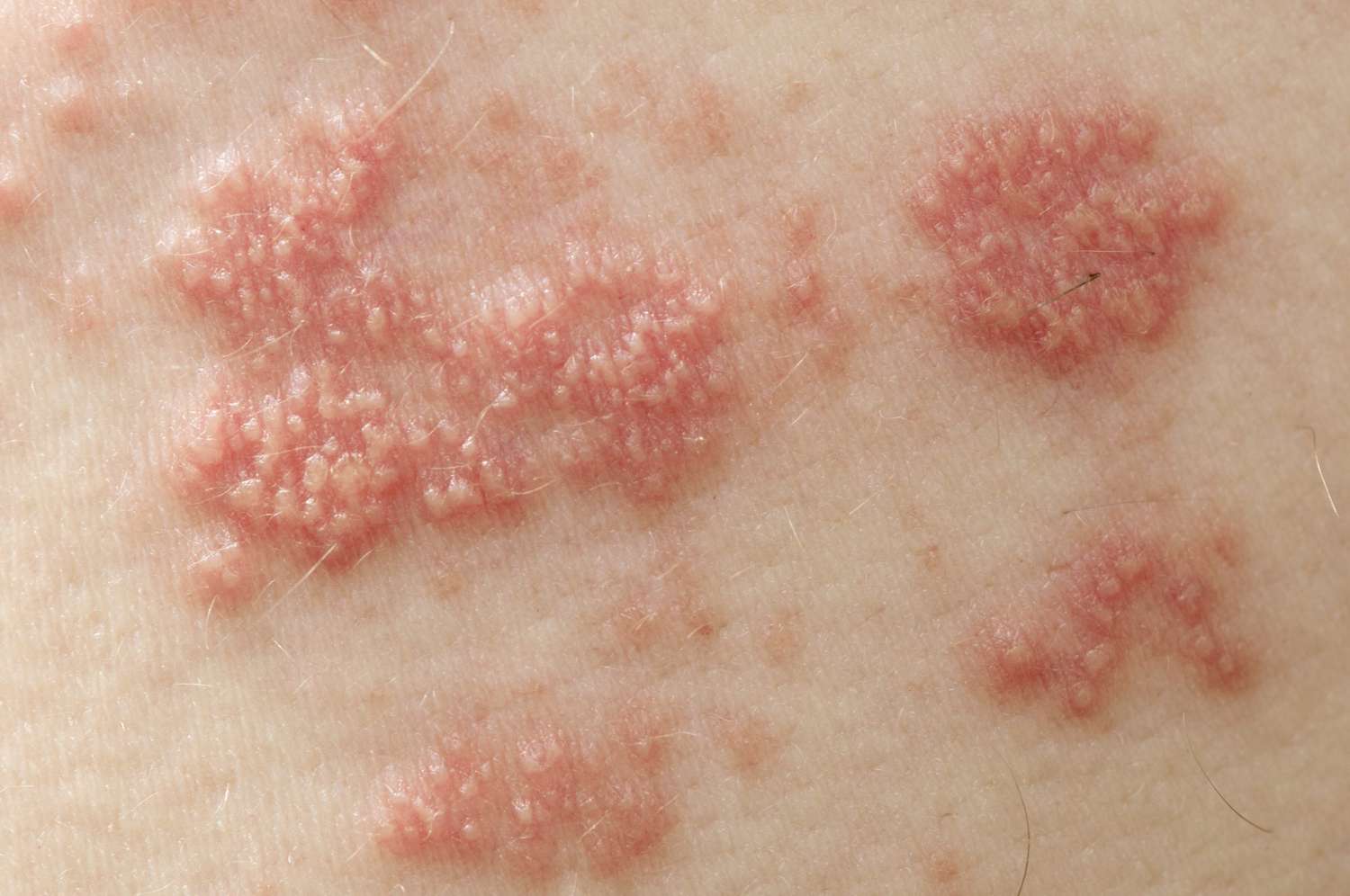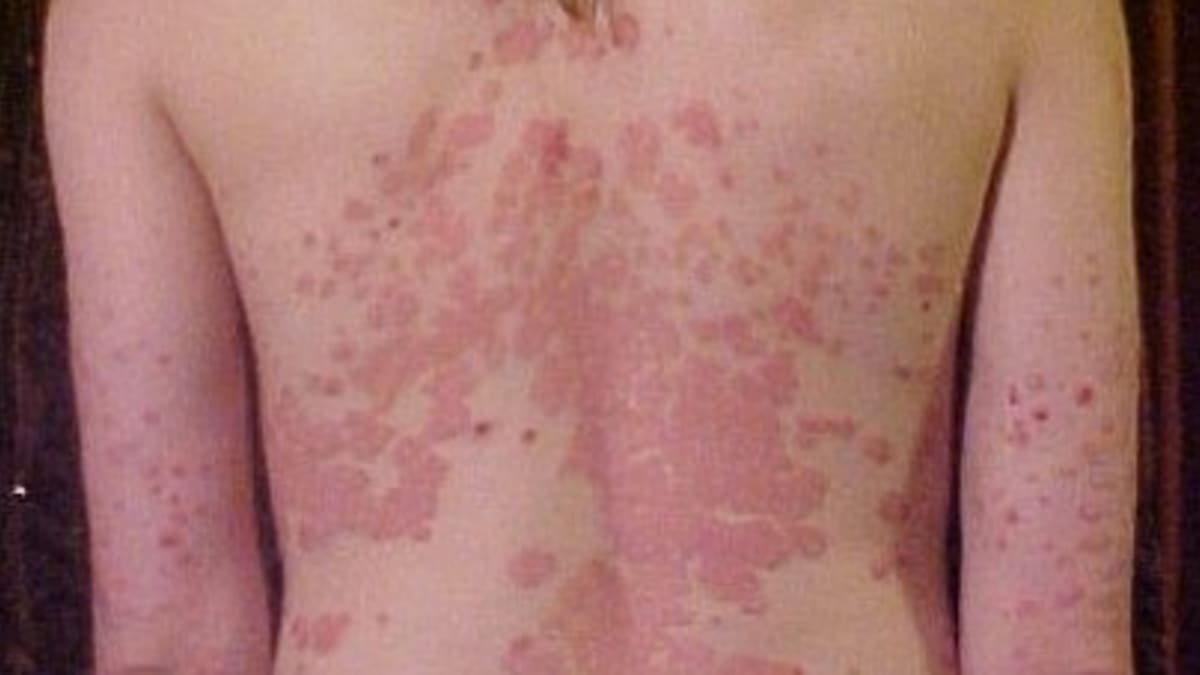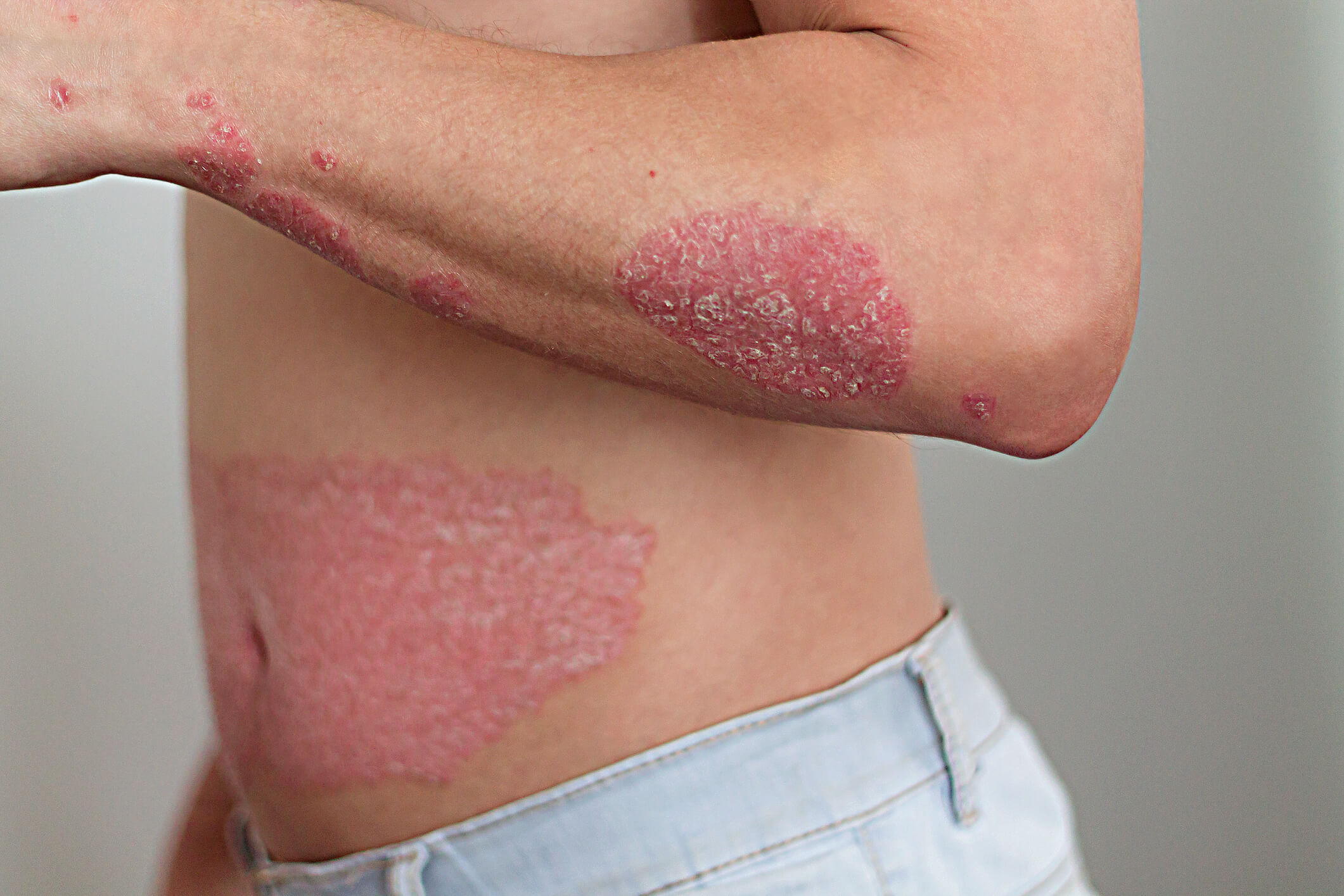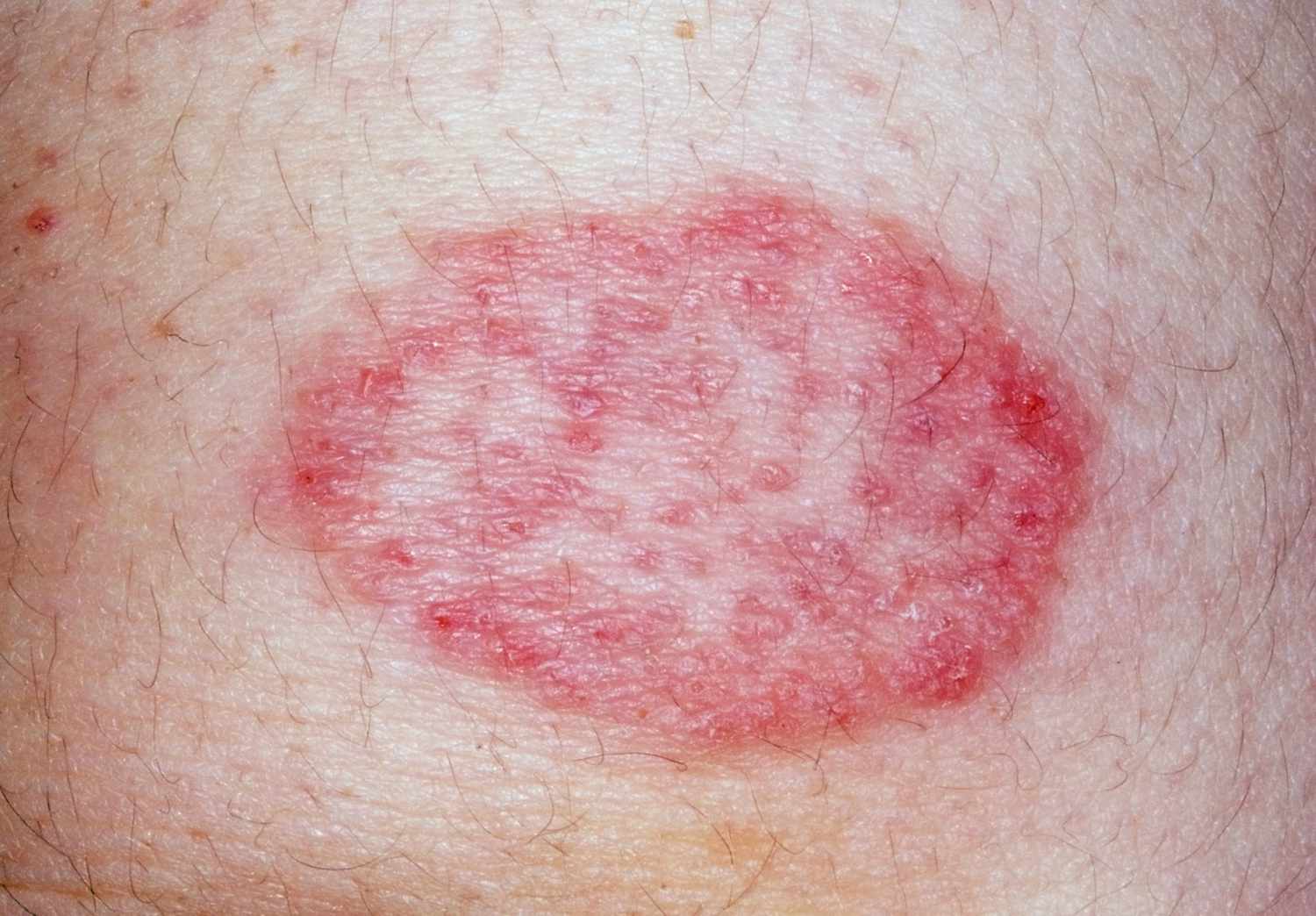Your skin is the large organ that covers and protects your body. Your skin has many functions. It works to:
Hold in fluid and prevent dehydration.
Help you feel sensations, such as temperature or pain.
Keep out bacteria, viruses and other causes of infection.
Stabilize your body temperature.
Synthesize (create) vitamin D in response to sun exposure.
Skin diseases include all conditions that clog, irritate or inflame your skin. Often, skin diseases cause rashes or other changes in your skin’s appearance.
Skin diseases are conditions that affect your skin. These diseases may cause rashes, inflammation, itchiness or other skin changes. Some skin conditions may be genetic, while lifestyle factors may cause others. Skin disease treatment may include medications, creams or ointments, or lifestyle changes.
Permanent skin disorders
Some chronic skin conditions present from birth, while others appear suddenly later.The cause of these disorders isn’t always known. Many permanent skin disorders have effective treatments that enable extended periods of remission. However, they’re incurable, and symptoms can reappear at any time.




Examples of chronic skin conditions include:
Rosacea, which is characterized by small, pus-filled bumps on the face
Psoriasis, which causes scaly, itchy, and dry patches
Vitiligo, which results in large, irregular patches of lighter skin
Skin disorders in children
Skin disorders are common in children. Children can experience many of the same skin conditions as adults. Infants and toddlers are also at risk of diaper-related skin problems.
Since children have more frequent exposure to other children and germs, they may also develop skin disorders that rarely occur in adults.
Many childhood skin problems disappear with age, but children can also inherit permanent skin disorders. In most cases, doctors can treat childhood skin disorders with topical creams, medicated lotions, or condition-specific drugs.
Common childhood skin disorders include:
Symptoms of skin disorders
Skin conditions have a wide range of symptoms. Symptoms on your skin that appear due to common problems aren’t always the result of a skin disorder. Such symptoms can include blisters from new shoes or chafing from tight pants.
However, skin problems with no obvious cause may indicate the presence of a skin disorder that requires treatment.
Skin irregularities that are typically symptoms of a skin disorder include:
Raised bumps that are red or white
A rash, which might be painful or itchy
Scaly or rough skin
Peeling skin
Ulcers
Open sores or lesions
Dry, cracked skin
Discolored patches of skin
Fleshy bumps, warts, or other skin growths
Changes in mole color or size
A loss of skin pigment
Excessive flushing
Causes of skin disorders
Common known causes of skin disorders includeTrusted Source:
Bacteria trapped in skin pores and hair follicles
Fungus, parasites, or microorganisms living on the skin
Firuses
A weakened immune system
Contact with allergens, irritants, or another person’s infected skin
Genetic factors illnesses affecting the thyroid, immune system, kidneys, and other body systems
Numerous health conditions and lifestyle factors can also lead to the development of certain skin disorders. Some skin conditions have no known cause.
Inflammatory bowel disease
Inflammatory bowel disease is a term for a group of intestinal disorders that cause prolonged inflammation of the digestive tract. These bowel-related disorders often cause skin problems.
The drugs used to treat these diseases can causeTrusted Source certain skin conditions, such as: